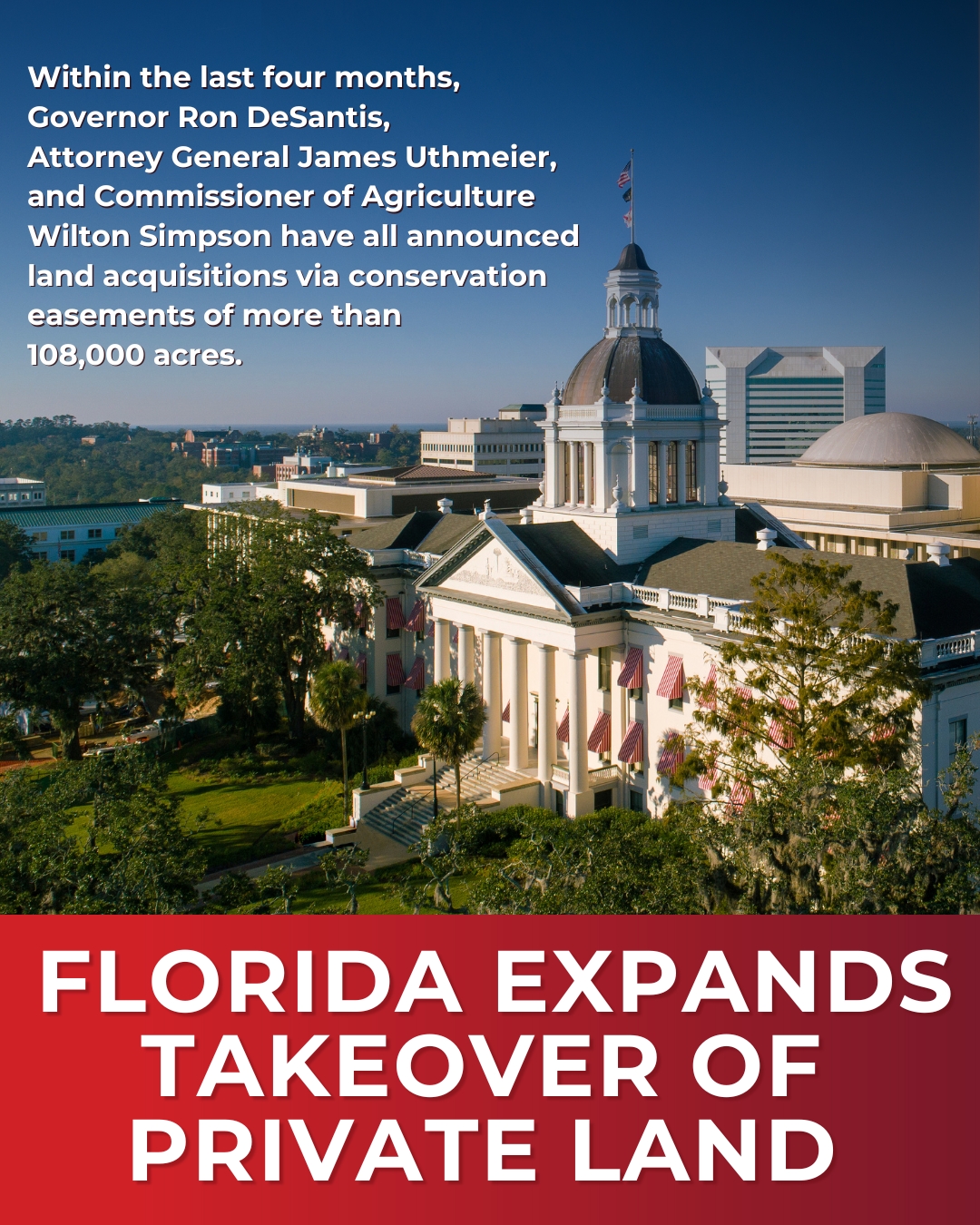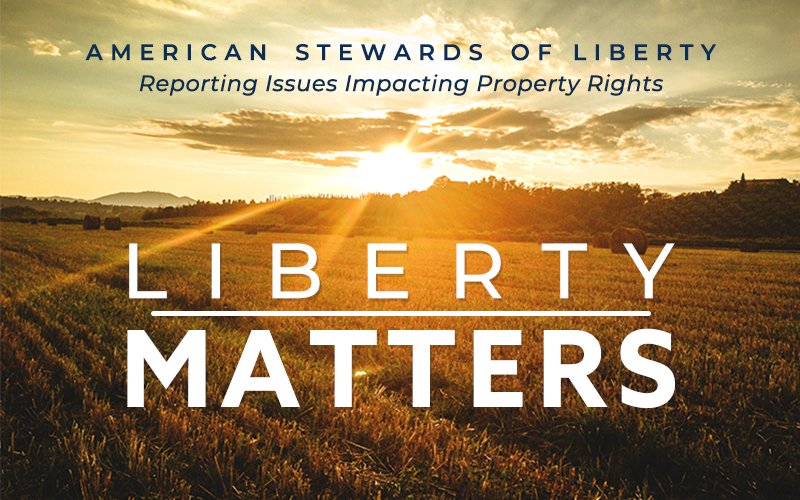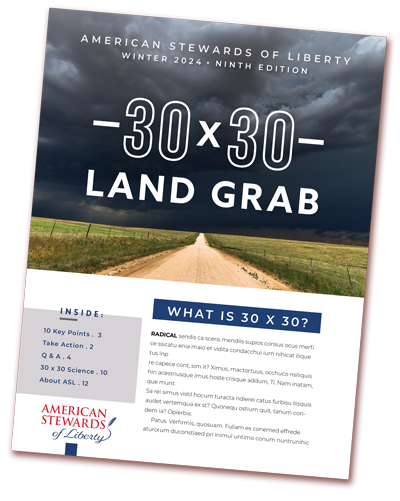Within the last four months, Governor Ron DeSantis, Attorney General James Uthmeier, and Commissioner of Agriculture Wilton Simpson have all announced land acquisitions via conservation easements of more than 108,000 acres.
In June, it was announced that the state had approved the protection of more than 78,000 acres of land. Of these acres, over 76,000 were within the Ocala-to-Osceola Wildlife Corridor that closed the final major gap in a 100-mile, 1.6-million-acre network of public and private lands connecting the Ocala and Osceola National Forests.
Of the 78,000 acres, 61,389 acres were placed under a single conservation easement within the Raiford to Osceola Greenway Florida Forever Project in Baker and Union counties. 14,743 were also placed under a single conservation easement within the Camp Blanding to Raiford Greenway Florida Forever Project in Baker and Bradford counties.
There was also a 1,700-acre easement to connect other land that was already protected under the Rural and Family Lands Protection Program (RFLPP) program in Alachua, Bradford, Clay and Putman counties. This represented the 128th perpetual easement protecting 208,629 acres by Florida’s RFLPP.
The remaining 340-acre acquisition of the 78,000 acres was in Hernando County. All of these properties are within the Florida Wildlife Corridor.
This October
Then, within the last several days, Florida Governor DeSantis and the Florida Cabinet approved two more large purchases of 20,000 and 10,000 acres of mostly private land placing them also under conservation easements.
On October 3rd, it was announced that Florida had preserved 10,000 acres consisting of three farm and ranch operations under the Florida RFLPP.
The next day on October 4th, Florida Commissioner of Agriculture Wilton Simpson announced a $167.25 million purchase of six properties consisting of more than 20,000 acres within the Florida Wildlife Corridor in Central and South Florida. The purchase totaled 31 square miles of agricultural land placed under conservation easements in Hendry and Collier counties and was approved by the Board of Trustees of the Internal Improvement Trust Fund, another initiative of FRLPP.
The ultimate goal of the Florida Wildlife Corridor, currently at 10 million acres of interconnected farms and state parks, is to acquire a remaining 8 million acres and create an unbroken path from the Everglades to the Florida panhandle to protect critical habitat for endangered species like the Florida panther and black bear.
Florida has committed at least $300 million a year to spend on preserving land for the corridor, which in 2021, was estimated to take up to $6 billion to acquire. This is a huge amount of taxpayer dollars to acquire farm and ranch land using conservation easements.
American Stewards continues to explain, land once placed under a conservation easement can no longer be considered private property. The land is managed solely for the “conservation purpose” as declared at the time of the execution of the document by setting a “baseline” from which nothing can be added unless identified in the original document.
However, the landowner still remains the owner listed on the tax rolls and must continue to pay taxes, albeit a lower amount because the land has been devalued by the easement by at least 40 percent, which can be an incentive. Because the easement is now under the control of the government or land trust and the landowner has no say in its management, that is why in reality, it isn’t considered private property.
Unfortunately, Governor DeSantis continues to acquire private property and is either knowingly or unknowingly fulfilling Biden’s 30×30 agenda.





